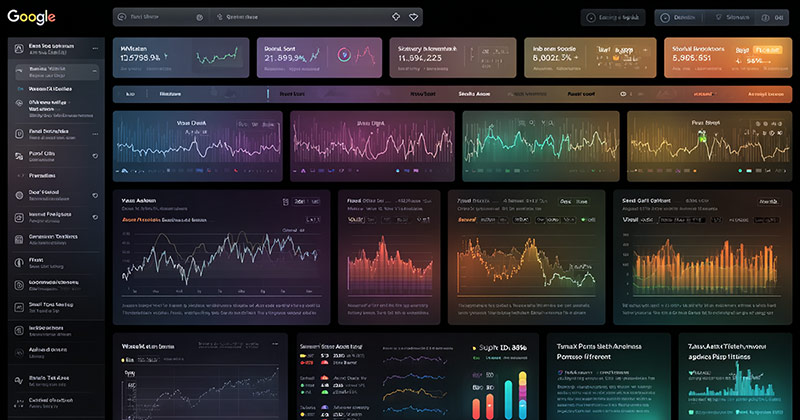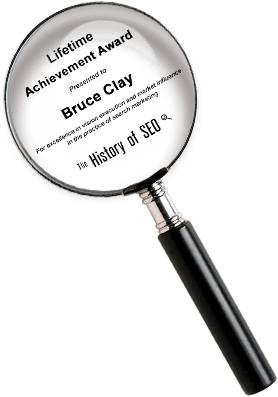How do I govern real-time AI SERP shifts without losing rankings?

- Overview
- What I Think
- Deep Dive: Map and Optimize for AI Visibility
- 24-Step Action Plan
- Quick Solutions
- About Us
Overview
AI-driven changes to the SERP are no longer happening quarterly — they’re unfolding in real time. With Google’s Gemini models now dynamically assembling Overviews, citations, and SERP features on the fly, rankings and visibility can fluctuate day-to-day. Governing these shifts means building agile monitoring frameworks, reinforcing content trust signals, and adapting technical infrastructure so you stay present, even when the SERP rewrites itself.
Here, we’ll show you how to monitor, adapt and maintain SEO stability in the face of real-time algorithmic content reshaping.
What I Think
Governance in this new AI SERP environment is about readiness, not resistance. Brands that cling to static keyword maps and long-delayed updates are losing relevance. The winners are those who treat AI inclusion as a dynamic system — one that rewards agility, semantic alignment, and freshness.
I’ve worked with teams who built governance models that treat every published page like a living system. Their dashboards track AI snippet appearances, E-E-A-T decay, schema health, and intent drift. That’s the future. Governance today means the ability to adapt at AI speed, without losing control over your content strategy.
Deep Dive: Map and Optimize for AI Visibility
SERP volatility driven by AI Overviews is different from historical algorithm updates. It’s not one monolithic change — it’s an ongoing stream of micro-adjustments based on query patterns, topic recency, and contextual relevance. To govern these shifts, your SEO team must act like a newsroom and an engineering department at once.
First, visibility tracking must include AI-specific metrics: citation frequency, mention overlap, content freshness scores, and zero-click presence. Traditional rank trackers are no longer enough. Tools like SISTRIX, Authoritas, and custom Search Console dashboards can provide directional signals, but qualitative monitoring is essential.
Your technical infrastructure must allow for fast updates. That means your CMS must support modular content updates, your dev team should be able to adjust schema without full releases, and your content approval pipeline must allow for same-week refreshes.
Next, governance requires organization-wide alignment. Your SEO team should have standing authority to make cross-functional decisions — particularly when content loses snippet presence or visibility dips without traffic decline.
And finally, use AI to fight AI. Build Gemini prompt simulations internally to test how your content performs when synthesized. This kind of reverse engineering helps reveal blind spots before rankings erode.
Related reading:
- How do I diagnose visibility gaps in Gemini and AI Overviews?
- How do I prioritize content for AI snippet inclusion and funnel depth?
24-Step Action Plan
- Set up dashboards that track AI Overview inclusion rates
- Tag high-priority URLs to monitor citation changes daily
- Use tools to estimate citation frequency across verticals
- Document AI-induced visibility shifts by topic cluster
- Establish anomaly thresholds for AI vs. organic traffic changes
- Track brand mentions in Gemini/SGE features
- Implement AI-specific alerts in GA4 and GSC
- Create a “content freshness” scoring system
- Build a decision tree for snippet loss triage
- Centralize structured data management for agility
- Assign ownership of schema maintenance
- Develop “snippet re-optimization” playbooks
- Monitor query intent shifts via People Also Ask and Gemini answers
- Tag every core page with funnel-stage intent metadata
- Map content clusters to dynamic topic needs, not static terms
- Use SERP preview emulators to test layout shifts
- Maintain editorial velocity for “living content”
- Conduct weekly micro-audits of citation gaps
- Use Gemini AI to simulate snippet construction patterns
- Establish quarterly AI Overview diagnostics across domains
- Coordinate SEO with legal/comms for quote accuracy
- Train writers on semantic formatting and snippet voice
- Include governance KPIs in SEO reporting
- Hold biweekly cross-team governance standups
Struggling to maintain your SEO performance in the face of AI SERP shifts?
Our SEO experts will help you build a system that protects your rankings and expand your brand presence in AI Overviews.
Quick Solutions
- How do I unify my marketing disciplines under a single operating system?
- How do I diagnose visibility gaps in Gemini and AI Overviews?
- How do I prioritize content for AI snippet inclusion and funnel depth?
About Us
At Bruce Clay Inc., we’ve led SEO innovation for 28 years, helping clients navigate every paradigm shift from blue links to AI citations. If visibility drops are hurting your business, or if you’re looking for proactive SERP governance, our SEO systems are built to stabilize performance and scale visibility in the age of Google’s AI Overviews.
26,000+ professionals, marketers and SEOs read the Bruce Clay Blog
Subscribe now for free to get:
- Expert SEO insights from the "Father of SEO."
- Proven SEO strategies to optimize website performance.
- SEO advice to earn more website traffic, higher search ranking and increased revenue.

Comments are closed








